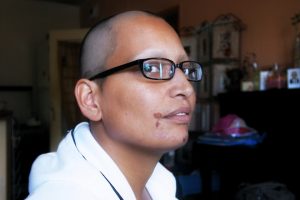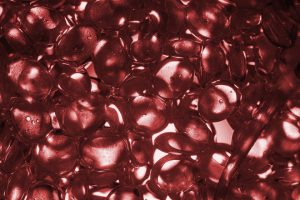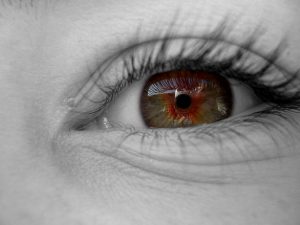Baseluos Law Firm is currently engaged in the representation of multiple women throughout the United States who have suffered from alopecia caused from cancer treatment. The primary defendant is Sanofi Aventis, who is suspected to have known for the last two (2) decades that its chemotherapy product taxotere caused permanent hair loss in breast cancer victims. In fact, a former employee of Sanofi Aventis filed a qui tam lawsuit against the company in 2015. A qui tam lawsuit is a type of civil suit in which company whistleblowers bring cases under the False Claims Act. The whistleblower in the Sanofi Aventis case assists the government in stopping fraud by Sanofi Aventis, by exposing the company’s illegal marketing tactics and illegal bribes to physicians to push taxotere.

Specifically, beginning in 1996, Sanofi and its affiliated companies / subsidiaries promoted a marketing scheme designed to push off-label uses for taxotere that were never formally approved by the FDA. An off label use refers to medication that is being utilized outside the approved uses on the FDA approved label. Specifically, Sanofi is alleged to have instructed their employees to lie about the safety and efficacy of Taxotere, so that the market for taxotere would expand into the off label market. Secondly, Sanofi is alleged to have engaged in a kickback scheme with doctors such that physicians would be encouraged to prescribe taxotere. The qui tam lawsuit has highlighted a very sophisticated scheme of bribery to push sales of taxotere to almost $1.5 billion dollars in 2004 alone. As a result of their sophisticated marketing and bribery tactics, thousands of women have become victims of toxic chemotherapy with taxotere. The most prominent and debilitating side effect from such toxic chemotherapy was alopecia caused from cancer treatment.
While temporary hair loss is expected to be a side effect of chemotherapy, permanent hair loss is most certainly an unacceptable side effect. Using false marketing materials and incomplete studies, Sanofi Aventis is alleged to have duped the public into believe taxotere was safer and more effective than its rival taxol and the defendants conveniently omitted warnings of permanent hair loss. Thousands of women mistakenly believed their hair would grow back only to learn the agonizing news of taxotere permanent hair loss. Sanofi Aventis is alleged to have been extremely aware that the rate of permanent hair loss associated with taxotere greatly exceeded any permanent hair loss associated with taxol.
 San Antonio Injury Attorney Blog
San Antonio Injury Attorney Blog








